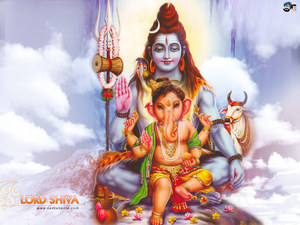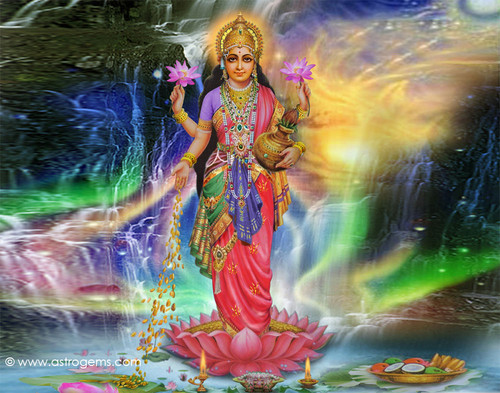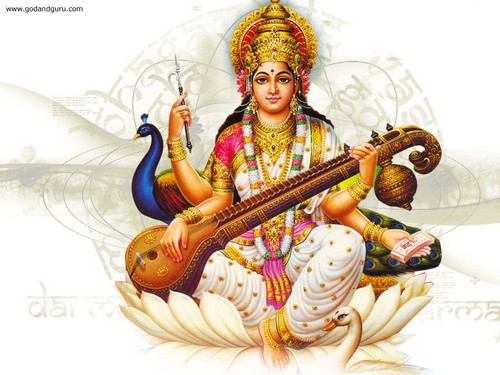Ashok Sundari is a Hindu goddess the daughter of Lord Shiva & Parvati.She is very rarely known as she is not mentioned nor in Vedas & neither in Puranas. She is mainly known in Gujarati folktales & is created when Parvati makes Ganesha. It is đã đưa ý kiến that when Lord Shiva kills Ganesha, Ashok Sundari hides behind bags of salt because she is frightened bởi her father. When Parvati finds out that her son is dead, she curses Ashok Sundari to melt in salt. However, after cooling down she blesses Ashok Sundari to be reborn in a rich family.
Her name can be chẻ, phân chia, split : Ashok means 'without sorrow' (Parvati created Ganesha & Ashok sundari to get rid of her sorrow of missing Mahadev & Kartikeya) & Sundari means 'beautiful girl'. Devon ke Dev ... Mahadev revealed Ashok Sundari to people.
Her name can be chẻ, phân chia, split : Ashok means 'without sorrow' (Parvati created Ganesha & Ashok sundari to get rid of her sorrow of missing Mahadev & Kartikeya) & Sundari means 'beautiful girl'. Devon ke Dev ... Mahadev revealed Ashok Sundari to people.

Shiva is usually worshipped in the aniconic form of lingam. He is described as an omniscient yogi, who lives an ascetic life on Mount Kailash,[2] as well as a householder with a wife Parvati, and two sons, Ganesha and Kartikeya. Shiva has many benevolent as well as fearsome forms. He is often depicted as immersed in deep meditation, with his wife and children hoặc as the Cosmic Dancer. In fierce aspects, he is often depicted slaying demons.













